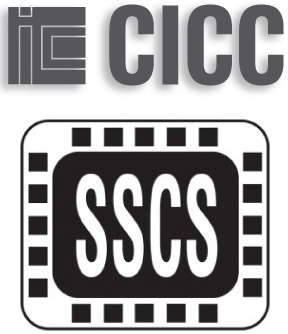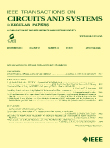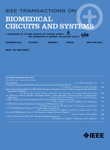Authors: Tayebeh Yousefi, Alireza Dabbaghian, Hossein Kassiri
Publication date: 2020/7/20
Source: 2020 42nd Annual International Conference of the IEEE Engineering in Medicine & Biology Society (EMBC)
Pages: 4479-4482
Publisher: IEEE
Abstract:
Motion artifacts are arguably the most important issue in the development of wearable ambulatory EEG devices. Designing circuits and systems capable of high-quality EEG recording regardless of these artifacts requires a clear understanding of how the electrode-skin interface is affected by physical motions. In this work, first, we report statistically-significant experimental characterization results of electrode-skin interface impedance for dry contact and non-contact electrodes in the presence of various motions. This leads to a model describing the motion-induced electrode-skin interface impedance variations for these electrodes. Next, a critical review of the possible analog front-end circuits for surface EEG recording is presented, followed by theoretical circuit analysis discussing the effect of electrode movements on the operation of these circuits. Inspired by the developed model and the analytical review, a novel front-end architecture capable of extracting motion from the EEG signal during the amplification stage is presented and experimentally characterized.




